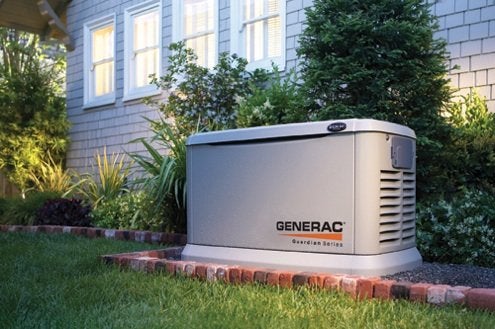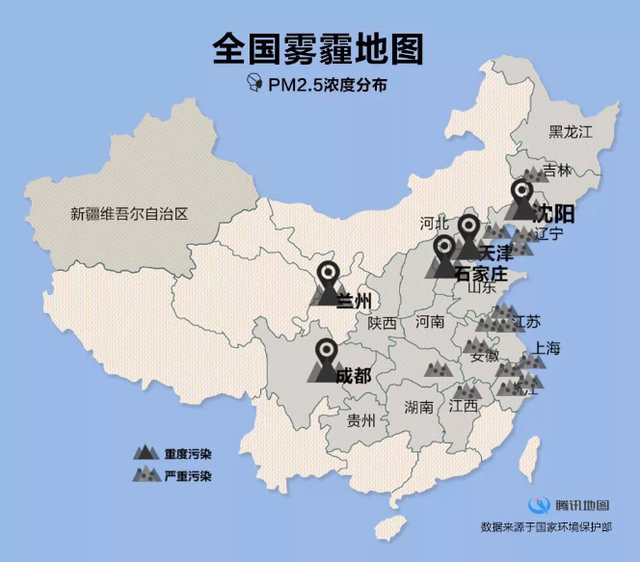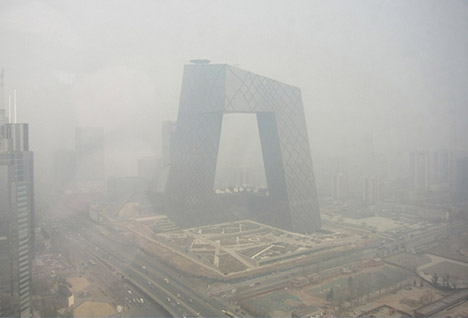1. lighters.
A typical lighter releases about 237 milligrams of carbon dioxide per minute. A typical power plant produces 12,200 kilograms of CO2 in the sam period. The only byproducts of burning the butane from our lighters are water and carbon dioxide, so it is not a pollution to the atmosphere, but just think about how often people use lighters, there are still a large amount of greenhouse gas being emitted.
Not to mention the plastic used to make these lighters is really harmful to the environment. so instead of buying disposable ones perhaps it would be a good option to switch to refillable metal ones.
2. Personal Generators
http://phys.org/news/2015-01-relieve-power-grid-worsen-ozone.html










